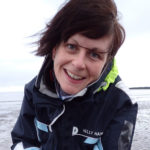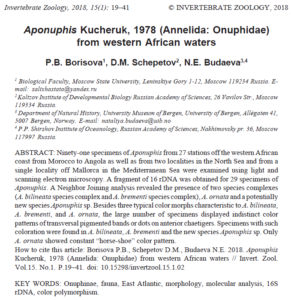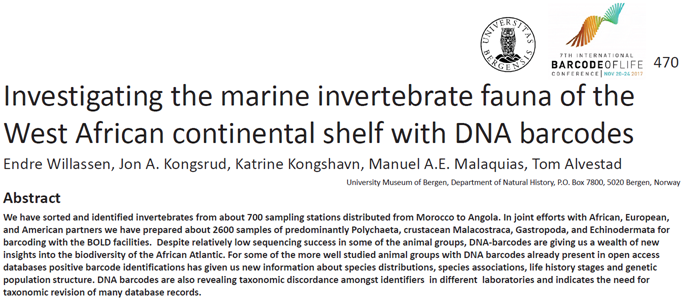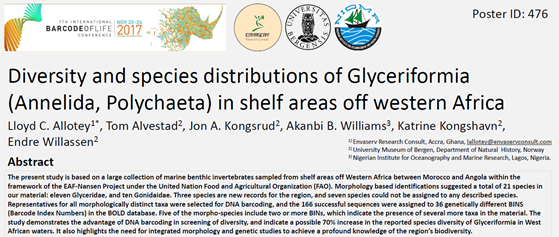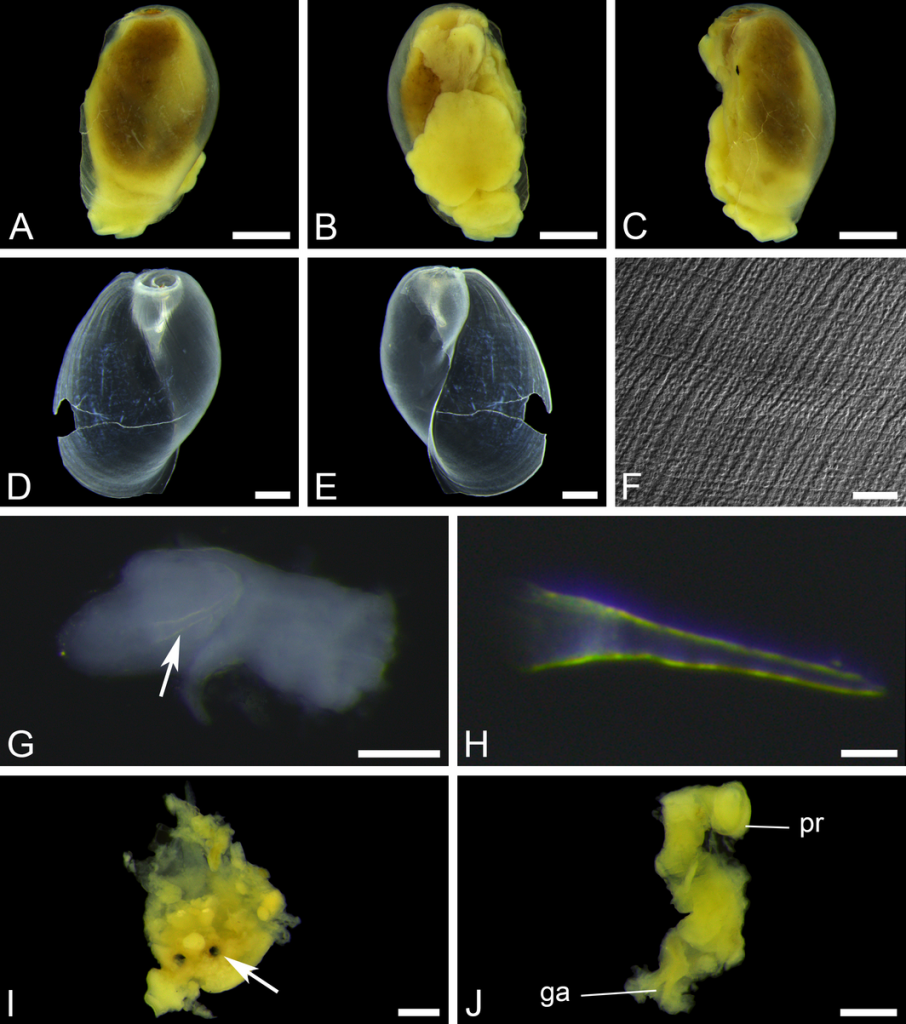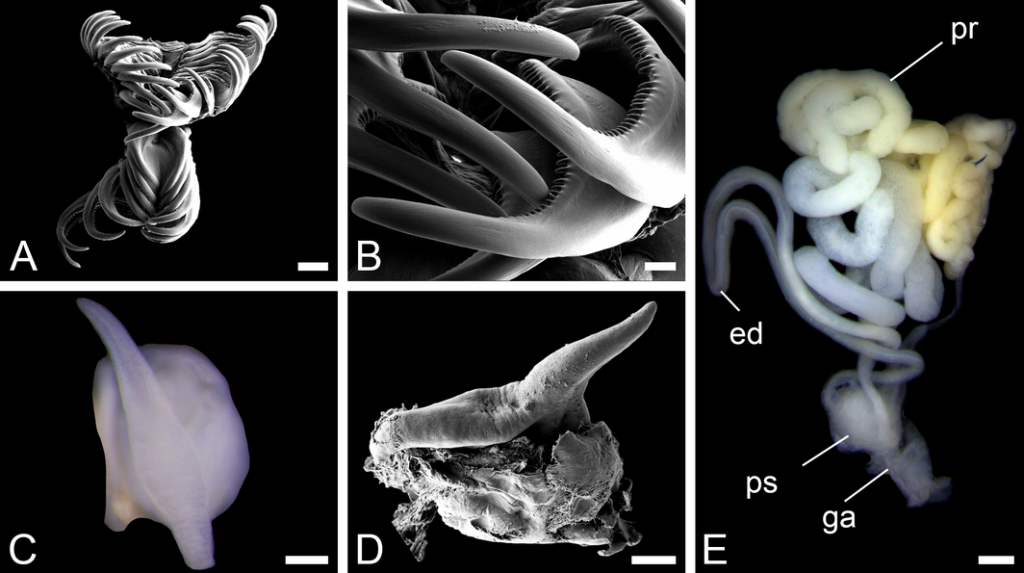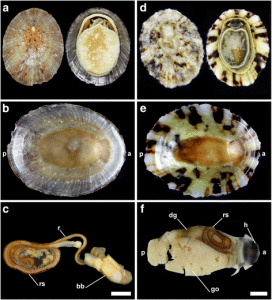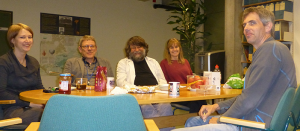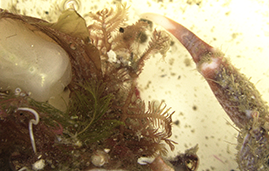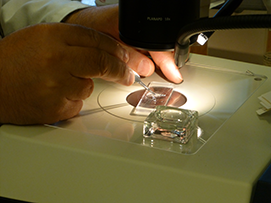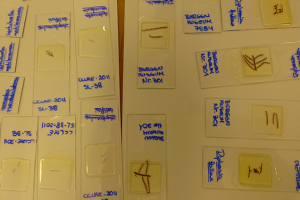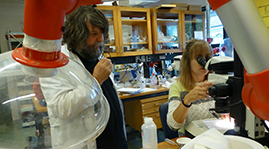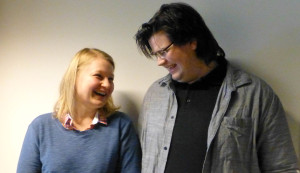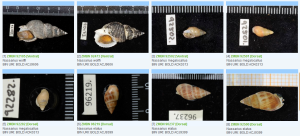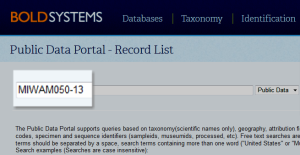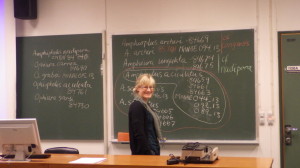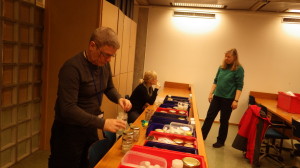Western Africa has many undescribed species of shovelhead worms. Some of them are now described in this publication.
Kate has visited the collections in Bergen several times to work on shovelhead worms material in our collections. Kate told us: “I have been specialising in the taxonomy of magelonid polychaetes for the last 20 years, particularly the investigation of species from Europe and the Indian Ocean. Recently I have been additionally studying the behaviour and functional morphology of this fascinating group.”
You can read more about her visits in November 2015, January 2017 and February 2019 (and we hope to see her again soon!)
Link to the most recent paper:
Integrative taxonomy of West African Magelona (Annelida: Magelonidae): species with thoracic pigmentation (2021) Kate Mortimer, Jon Anders Kongsrud, Endre Willassen
Zoological Journal of the Linnean Society, zlab070, https://doi.org/10.1093/zoolinnean/zlab070


